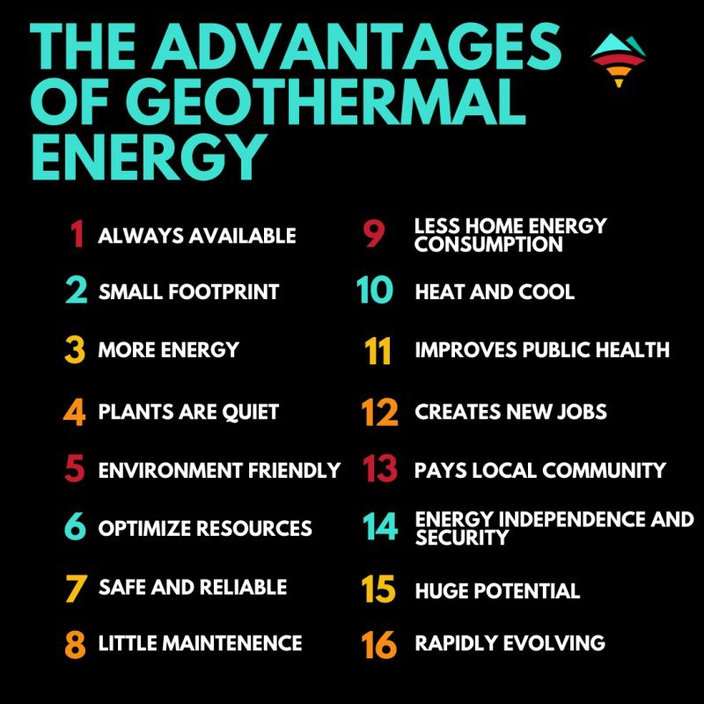Geothermal energy: potential game-changer
Article from We Don’t Have Time – Paid partnership with AgniTerra
Accelerating the energy transition: Why next-generation geothermal is essential for a sustainable future
The next generation of geothermal energy is cheap, clean, and effective – and can be implemented almost anywhere on earth.
The problem? It’s not scaling nearly as quickly as needed.
AgniTerra, a special-purpose fund and economic catalyst, is on a mission to change that.
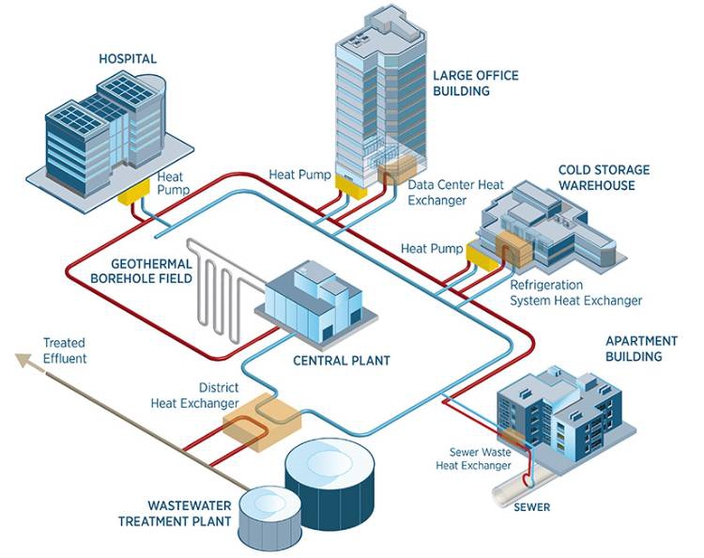
As the reality of climate change becomes increasingly alarming, the urgency for substantial action is undeniable. The increasing frequency and intensity of extreme weather events, rising sea levels, and global temperature increases all point to a narrowing window for meaningful intervention. According to the latest Emissions GAP report, we are now heading for a catastrophic 3.1°C of warming – and despite all pledges, emissions continue to rise.
To mitigate these escalating climate risks, we must find ways to expedite the transition to green and sustainable energy sources that are both affordable and accessible worldwide. A key component of this shift involves rethinking our approach to baseload power generation, which is essential for meeting the world’s energy demands consistently.
The most promising solution? Next-generation geothermal energy.
The cost of transitioning to green energy
The global shift to sustainable energy is expected to be one of the largest financial undertakings in history. McKinsey has projected that approximately $275 trillion will be spent over the coming decades to facilitate this energy transition. While this investment is necessary for a sustainable future, the question remains: which segment of the global energy market will take the lead in this monumental shift?
Solar and wind energy have made – and continue to make – significant contributions to decarbonizing the energy sector, but they are inherently intermittent sources. Their output depends on weather conditions and daylight, making them unreliable for providing continuous power unless complemented by significant capital expenditure on energy storage solutions. Meanwhile, nuclear fusion, often touted as a future energy game-changer, remains many years away from commercial viability. Given the pressing need for an accelerated transition, it is clear that a new approach to baseload energy generation is necessary—and this is where next-generation geothermal energy comes into play.
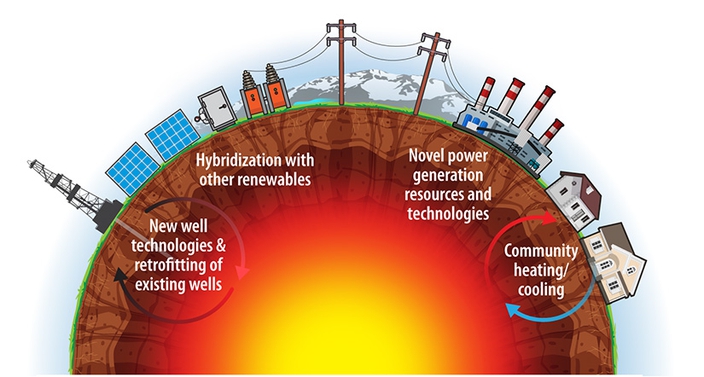
Next-generation geothermal: An inexhaustible energy source
Geothermal energy harnesses the Earth’s heat, which scientists estimate could alone power civilization for over a million years. Unlike wind and solar, geothermal provides a consistent energy output, making it ideal for baseload power. By providing a stable energy supply, geothermal can also complement and enhance the efficiency of solar and wind power, working in a well-orchestrated manner to support a truly reliable and sustainable energy grid.
The latest advancements in geothermal technologies involve accessing dry heat from hot rock formations located 3-5 km below the Earth’s surface, at temperatures exceeding 300°C. This next-generation geothermal approach offers the potential for abundant, 24/7 renewable energy that is environmentally friendly, scalable, and economically advantageous compared to other major energy sources currently available. According to the U.S. Department of Energy, Directly using geothermal energy in homes and commercial operations can save 80 percent over fossil fuels.
A gamechanger beyond clean energy
The potential applications of next-generation geothermal energy extend far beyond electricity generation. A harvested heat can be used for water desalination, a vital process for addressing global water scarcity, or for producing green hydrogen, which is essential for decarbonizing heavy industry and transportation. The stable and constant energy supply can also support indoor agriculture, where greenhouses powered by geothermal heat enable year-round food production. Moreover, industrial processes such as aluminum production, which require significant amounts of energy, can be made much greener by switching to geothermal energy.
Geothermal energy can not only heat our cities, but also cool them. Cities like Reno in the U.S. and Masdar City in Abu Dhabi, UAE, as well as data centers in various countries around the world, are already using geothermal energy for its cooling needs.
Geothermal development brings jobs during exploration, drilling, and construction. It also creates future opportunities for a lot of the workforce that currently works in the oil and gas industry – a sector that will have to be phased out if we are to keep the planet from overheating.
Environmental experts believe oil and gas companies are well-positioned to scale these technologies rapidly – and the industry tends to agree. The oil and gas companies have the technology, the skills and the workforce needed to drill deep to access hot rocks below the surface – and many geothermal technology companies are now hiring oil and gas professionals.
Once a geothermal power plant is operational, it creates long-term jobs for the community since the geothermal field must be managed locally. Since geothermal energy is ideal for small-scale power generation in remote areas – providing access to electricity and boosting development – it can help reduce rural poverty. Governments may address social challenges by using an abundance of inexpensive energy from the next-gen geothermal plants to make local improvements, such as roads, schools, medical facilities, and water/food security. Combining geothermal energy extraction with agriculture will help alleviate local and regional economic disparities and mitigate migration for economic reasons.
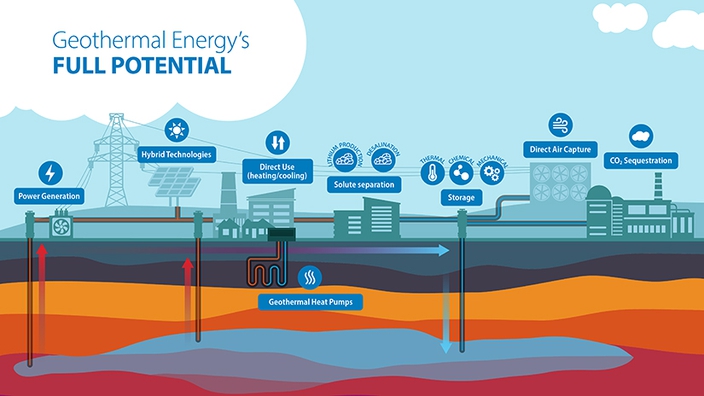
Decentralizing the energy model
One of the defining trends in the global energy sector is the move towards decentralization, where smaller, distributed power generation units replace large, centralized power plants. This shift is particularly relevant to the energy transition, as it allows for power generation closer to consumers, reducing the need for extensive transmission infrastructure and associated costs.
Next-generation geothermal fit well within this decentralized model since geothermal power plants can be built at various scales and located near the energy consumers. Unlike large-scale nuclear, hydro, or coal plants, which often require substantial investments in transmission networks to deliver power over long distances, next-gen geothermal plants can be sited near towns, cities, or industrial facilities, minimizing the need for additional capital expenditure.
The global impact of next-generation geothermal energy
The deployment of next-generation geothermal energy could revolutionize the global energy landscape. The technology’s potential to tap into the Earth’s vast heat resources provides a sustainable solution to meet the energy demands of a growing population. With around 30,000 power plants of various types currently operating worldwide, a meaningful impact from geothermal energy would require the rapid deployment of hundreds of next-generation geothermal plants within the coming years.
However, achieving this scale through conventional energy industry practices is unlikely. As an example, the development of approximately 450 nuclear reactors worldwide over the last 70 years has only led to nuclear energy accounting for a small percentage of global power generation. Given the pace of the escalating climate crisis, a similarly slow rollout for next-generation geothermal energy is not a viable option. A more rapid approach is essential if we are to address the climate crisis effectively.
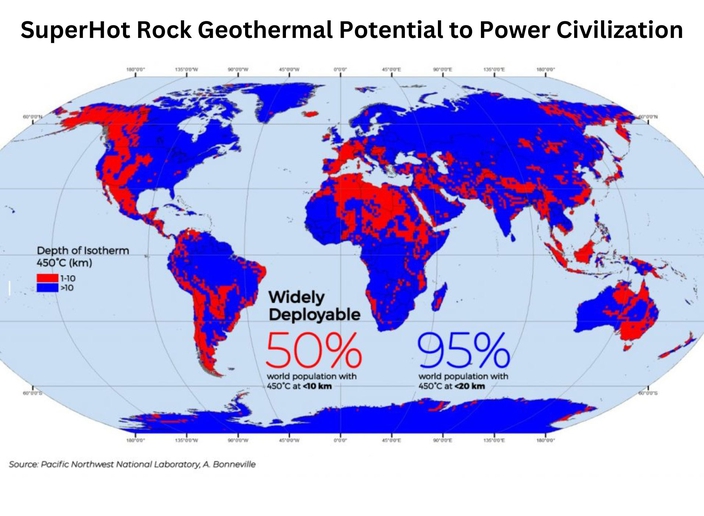
Overcoming barriers to geothermal deployment
The current pace of geothermal energy deployment is limited by traditional financial, business, and operational mechanisms within the energy industry. Governmental policies and lengthy regulatory processes, slow funding mechanisms and very limited sources of capital, a notorious ‘illiquidity’ and therefore investment unattractiveness of the global energy from a regular folks’ standpoint are among major factors that have slowed the adoption of promising energy technologies in the past. To avoid these pitfalls – and to reach our climate targets in time – a new approach is needed – one that accelerates the global deployment and scaling of next-gen geothermal energy.
Introducing AgniTerra: a special-purpose fund and economic catalyst for accelerated next-generation geothermal deployment
The need for rapid deployment of the next-generation geothermal segment has led to a search for innovative fintech solutions. AgniTerra tokenized fund is one of them. This initiative represents a novel financial and economic approach to support the deployment of next-generation geothermal technologies on a global scale. With its specialized fund and economic catalyst, AgniTerra aims to amend traditional financial bottlenecks and help unlock the true potential of geothermal energy to meet growing energy needs.
AgniTerra’s strategy is centered on attracting investment from climate-conscious individuals and ESG-bound institutions by providing them with an ability to “vote with their money” for rapid deployment of the energy source that holds the promise of abundant, clean power for generations to come. Such investment provides a “Triple Bottom Line” impact – profit, ecological sustainability, and social responsibility. This approach will remove a stigma from the global energy industry as ‘illiquid’ and unattractive for investment for regular people.
In upcoming articles, we will get into more detail about how this next-generation fintech solution may accelerate the deployment and global scaling of next-generation geothermal energy.
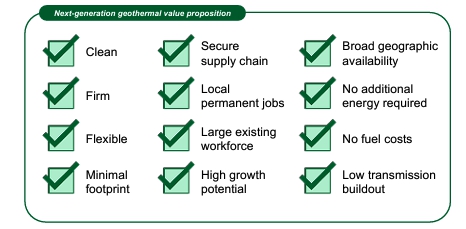
Conclusion: Time for a new era in energy
The current state of climate change demands prompt and decisive action. As the world races to decarbonize, it is crucial to adopt energy solutions that can deliver reliable and sustainable power at scale. Next-generation geothermal energy stands out as a unique opportunity to provide baseload power, support a distributed energy model, and contribute to various sustainable applications.
To succeed, however, the energy sector must embrace new financial models and operational strategies that can facilitate rapid deployment. AgniTerra’s innovative approach offers a promising pathway for overcoming the traditional barriers to geothermal energy expansion, making it possible to meet global energy needs sustainably and equitably.
The future of energy is not just about transitioning to renewables; it is about deploying them rapidly in ways that are scalable, resilient, and accessible to all. Next-generation geothermal power represents a cornerstone of this new energy paradigm, one capable of empowering societies while protecting the planet for generations to come.
